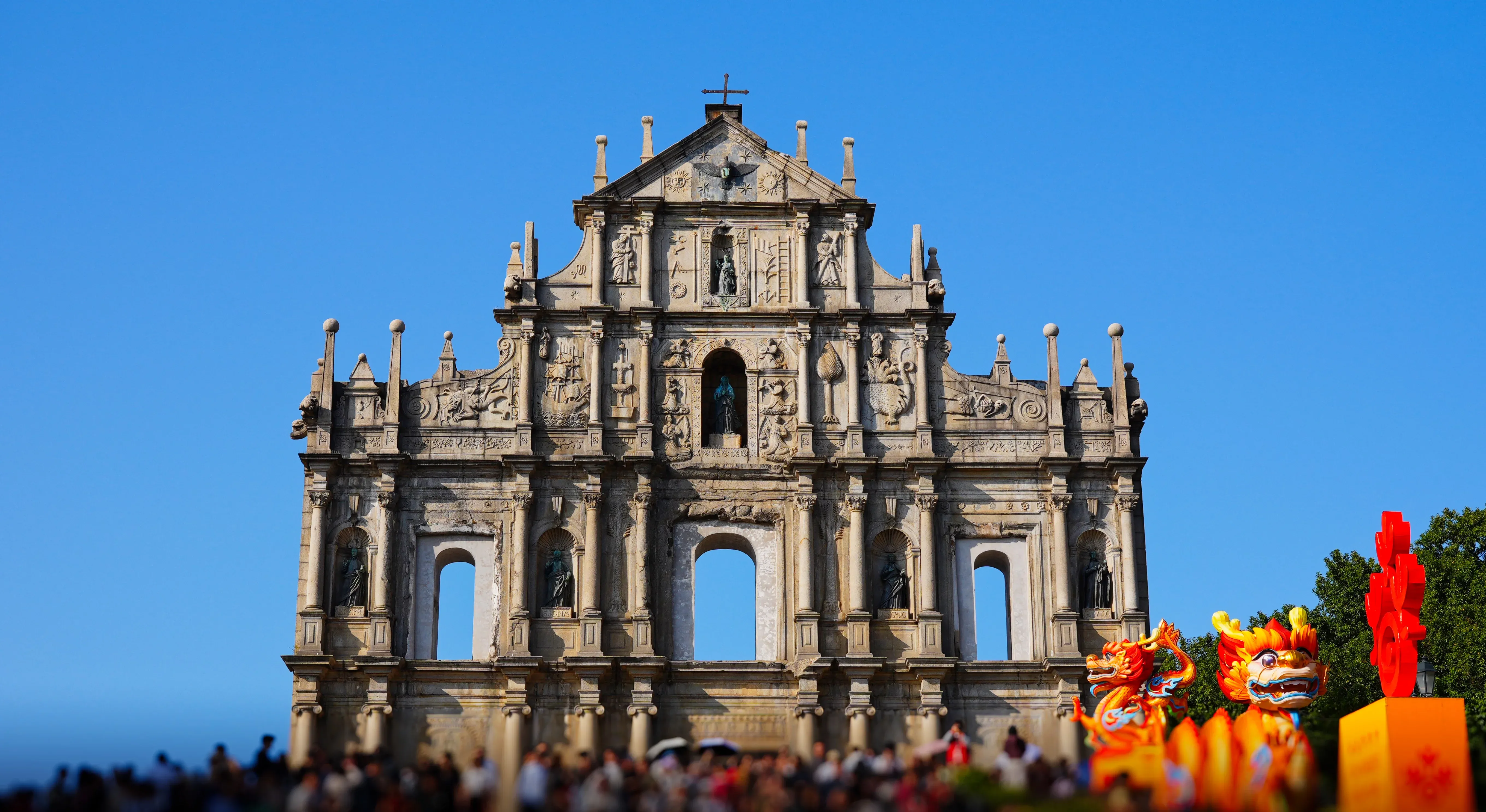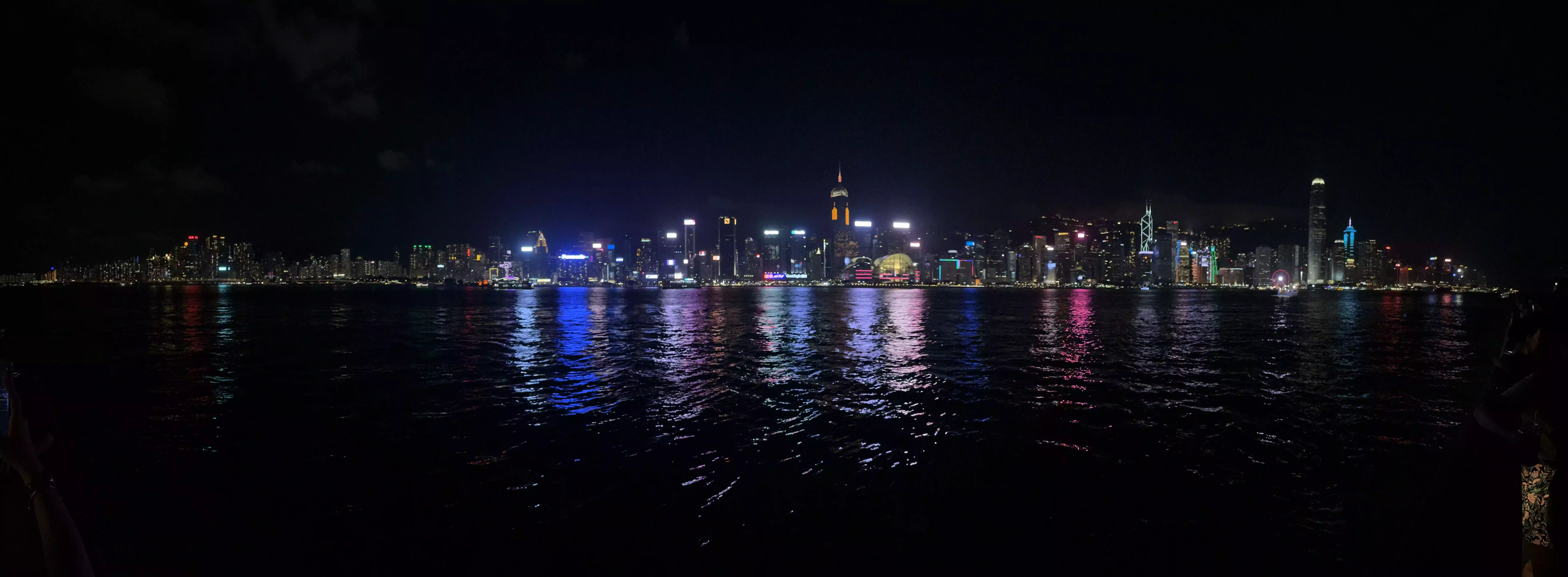In previous articles, I primarily introduced how HotPatcher can be applied in the hot update process. However, HotPatcher is not just capable of fulfilling the needs for hot updates; it is also a flexible resource packaging framework.
As the project development reaches a certain stage, a massive amount of resources needs to be packaged, and waiting for a complete package to be built can take a long time. If a real device encounters issues, the serial process of repair -> package -> verify can become exceedingly lengthy. There are often cases of script, data, or other resource errors that lead to package abnormalities.
In such cases, waiting hours to generate a complete package prevents smoke testing from proceeding. Even if you rebuild the package, there’s no guarantee that there won’t be other overlooked issues; otherwise, you have to start over again.
Based on this pain point, we urgently need a method to quickly fix resource issues within packages and validate them during the development phase. HotPatcher provides this functionality, allowing you to utilize it fully without waiting for a complete package.
This article will introduce how to utilize the editor features provided by HotPatcher to quickly package preset configurations and specific resources, accelerating the validation process of resources on real devices and significantly improving testing efficiency.










